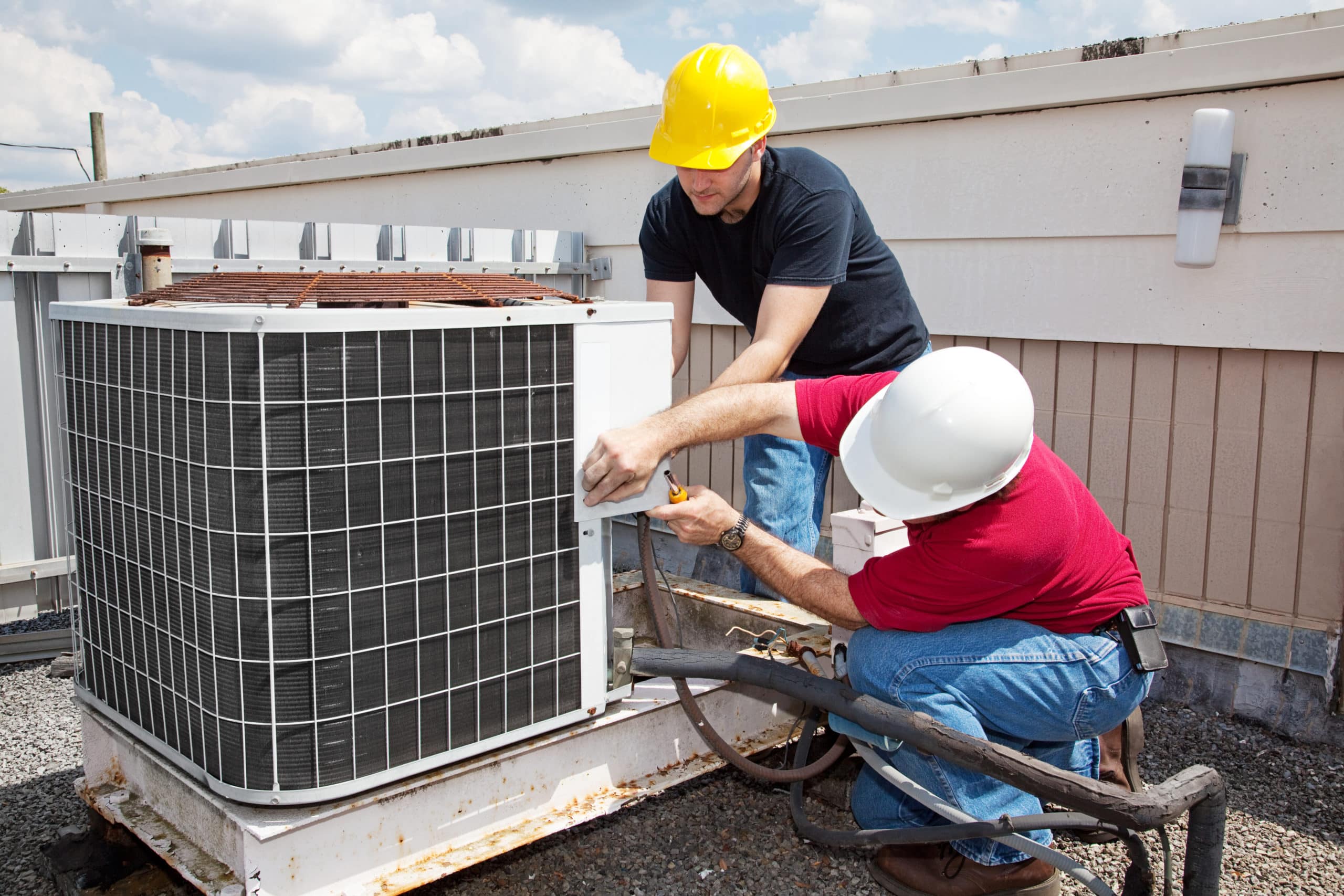
Drywall comes in many types. You can choose from fire-resistant or moisture-resistant versions. There are also fiberglass-coated options. Each type is different and has different uses. Let's look at some of the most common types. Choose the one that suits your needs best. You can even choose one that best suits the climate of your home.
Types of drywall commonly used
If you're building a new home or remodeling an existing one, you'll need to choose between the different types of drywall available. While some types are better at protecting against fire than others, others can reduce water damage. Each type of drywall is unique in its thickness and texture. Learn more about the different types and how to choose the best one.
Some types of materials are more water-resistant than others. Some are more common and can be used for residential interior walls such as basements. These sheets can be as thick as four feet or in other sizes.

Fire-resistant drywall
While there are many kinds of drywall to choose from, only a few are fire-resistant. Type X drywall and type C drywall are made from gypsum and non-combustible glass fibres. They can withstand heat up to an hour. These types drywall are often installed in walls and stairwells.
Multi-story residential buildings and multi-family homes can choose fire-resistant type X wall drywall. This product is modified type X and contains more glass fibers and vermiculite to reduce shrinkage. It also improves panel strength.
Fiberglass-coated D & M drywall
Fiberglass-coated DRAPHILL is a great option for homeowners who are looking for a mirror-like, smooth finish. This type of drywall is more expensive than regular drywall, but will last for much longer. However, it can cause severe skin and respiratory irritations. Wearing a face mask and appropriate work gloves can help you manage these issues.
Fiberglass-coated Drywall is available in many varieties. Some of them are better for basements or bathrooms than others. Blue board drywall, which is often used in basements, is an example. It still has an inner layer of gypsum, but the outer paper is specially treated to resist moisture and mold. It is not waterproof. It is recommended to be used indoors. Some drywalls also use fiberglass mesh as an outer layer. These types of drywall are both mold and moisture resistant and are suitable for use in damp, food-service areas.

Moisture-resistant drywall
Moisture-resistant type s gypsum drywall is an environmentally-friendly choice for your home. It resists mold, moisture, and mildew growth. Although these drywall products can be more costly than regular ones, they can improve the health of your home and lower your chances of developing any health problems.
Gypsum panels are more resilient to high humidity than regular plaster and can also withstand fire. These panels are ideal for bathrooms and rooms with high humidity. They are ideal for use behind kitchen sinks, and in utility rooms. They are also a great base to non-absorbent finishes. They can be used in basements or garages.
FAQ
What is the scope of my SCA?
Your SCA will outline the specific scope of work required. This includes how long it will take to complete, what materials and equipment are needed, as well as whether any permits are required.
Are there any additional things I need to consider?
Yes - check your local laws regarding the types of projects you can undertake and the conditions you need to meet. Some states require that you get council approval before you build. Others state that you need only notify them of the plans. For more information, consult your local authorities.
What is a Service Agreement Example?
A service contract template is a document that includes all details regarding a service agreement. To create a standard agreement, a service agreement template can be used.
Service agreements are vital because they determine the relationship between two individuals.
They allow both sides to better understand one another's needs and expectations. They also make sure both sides know what they are agreeing to before they sign the deal.
What is the purpose of the service agreement?
A Service Agreement is used to establish the terms on which your customer will purchase goods from you. You will also be able to provide these services to customers for payment.
The most common type of such document is the Sales Order Form. Here you will list the items being purchased and their prices. The order will also include any additional items, such as delivery costs, VAT, insurance, and so forth. The last step is to specify when and how the order should arrive.
You can use different documents depending on the nature or transaction.
An invoice may be used if you provide a service and not a product.
You would probably use a Purchase Order Form if you buy something from someone else.
It is important to include all required information when drafting a sale order form.
Remember: The more detailed your sales order form is, the easier it will be for the buyer to understand.
What happens when one party refuses to take their side in a deal?
If you fail to complete your part of the bargain, the law allows the other party to treat your promise as broken and sue you for damages. Damages can include interest, court costs and legal fees as well as the amount due.
Can I cancel my contract at anytime?
Yes. But you must do this within 14 calendar days of signing your contract. You can usually end your contract by notifying the contractor in writing at least 7 days before the contract's expiration date. But, you could still owe the contractor money if you give too little notice.
Statistics
- (d) Contractor disputes related to compliance with its obligation shall be handled according to the rules, regulations, and relevant orders of the Secretary of Labor (see 41 CFR60-1.1). (acquisition.gov)
- (1) Ascertain the extent to that offers are based on the payment of overtime and shift premiums; and (2) Negotiate contract prices or estimated costs without these premiums or obtain the requirement from other sources. (acquisition.gov)
- (1) Except as provided in paragraphs (a)(4) and (a)(8) of this section, if the estimated amount of the contract or subcontract is $10 million or more, the contracting officer shall request clearance from the appropriate OFCCP regional office before- (acquisition.gov)
- Don't take their anger personally, they are mad about the situation 99% of the time. (activatemylicense.com)
- Reasonable late fees go up to 25% per year on unpaid sums. (lawdepot.com)
External Links
How To
How to Write a Good Service Agreement
It is important to remember that you must satisfy two requirements when writing a good service agreement.
First, satisfy the customer's requirements.
You must also meet the legal requirements set forth by the seller.
This is why you should ensure that your service agreement covers the following.
-
Identify all parties.
-
Define the subject matter of the agreement.
-
Specify the duration of agreement.
-
Determine whether or not you offer warranties.
-
Define the obligations and liabilities for both parties.
-
Establish the mode of payment.
-
Make clear how disputes are resolved.
-
Include details of any special instructions or limitations.
-
Both parties must sign the contract.
-
Include a clause declaring that the agreement was understood and read before it is signed.
-
You should always have a copy with you.
-
Before you send your service agreement to the buyer, ensure that you carefully review it.
-
You can contact your supplier right away if you discover any issues with the agreement.
-
Once everything has been corrected, send the revised version.
-
Do not sign the agreement until you have received confirmation from the buyer that they have accepted the changes made.
-
Keep a duplicate of the original agreement, as well the finalized one.
-
It is possible that a service provider may be legally responsible in certain countries for providing quality services.
-
Keep a record of all correspondence between the customer and you in case of dispute.
-
Always seek professional advice on how best to draft a service agreement.
-
Remember that the buyer may ask for a change to the contract terms after agreeing to them.
-
Always check before you sign a change request.
-
Never accept a request for a change without first checking.
-
If you do not want to accept the change, tell the customer why.
-
If they don't want to agree, let them know that it is unacceptable.
-
If the customer refuses to accept your decision, then refuse to complete the contract.
-
If your customer accepts, then you can move forward with the contract.
-
You must agree to change the terms of your contract if you have already agreed to it.
-
Before you send out the completed contract, make sure that you have checked it thoroughly.
-
Also, ensure that the law is followed.
-
Send the contract to the buyer after you have completed it.
-
Final note: Keep a copy the contract completed for future reference.
-
You could lose money if you fail to comply with any of these simple rules.
-
A good service agreement can be written quickly.
-
The more details, the better.